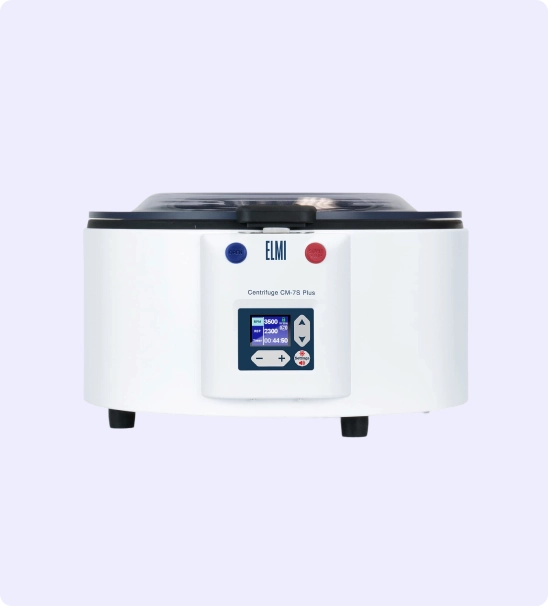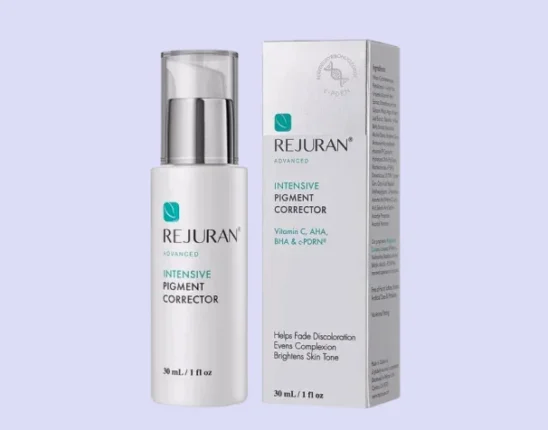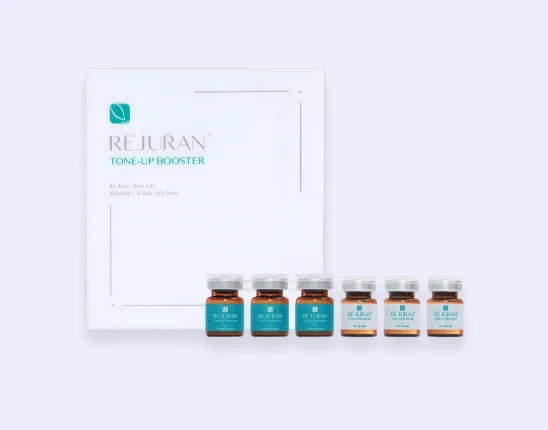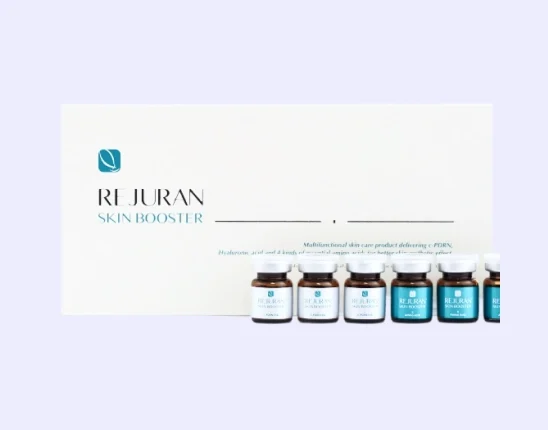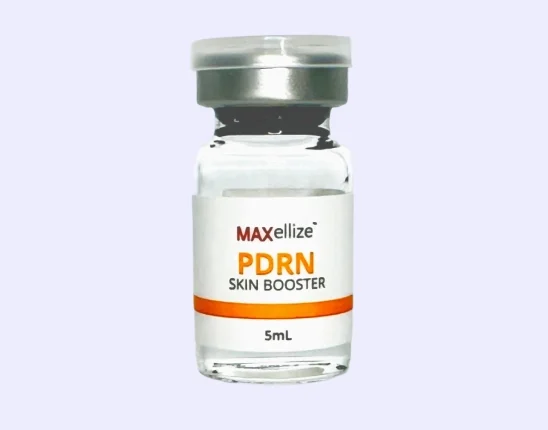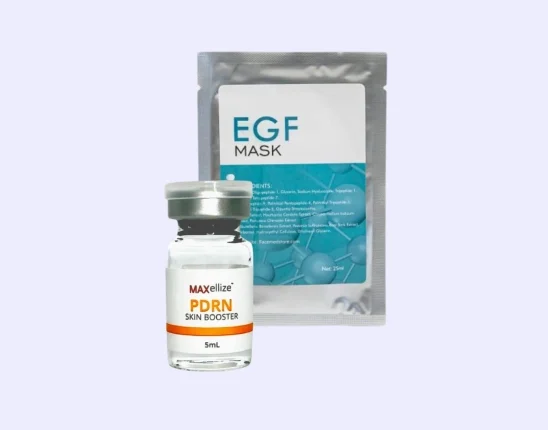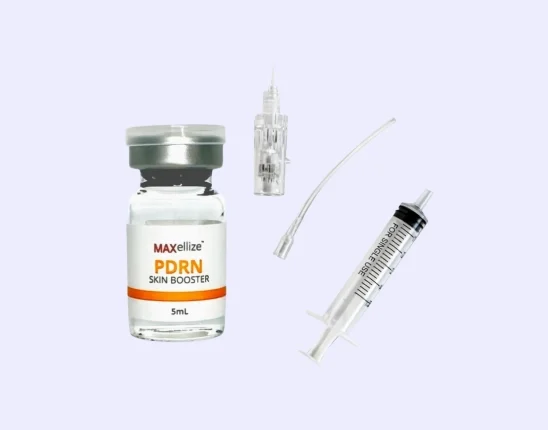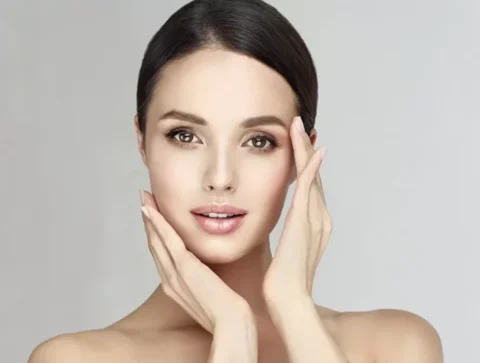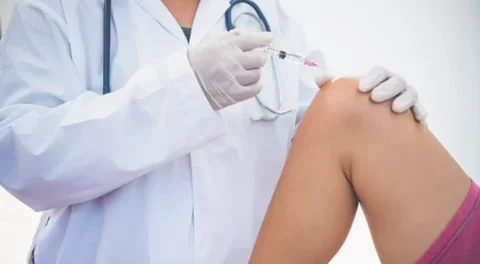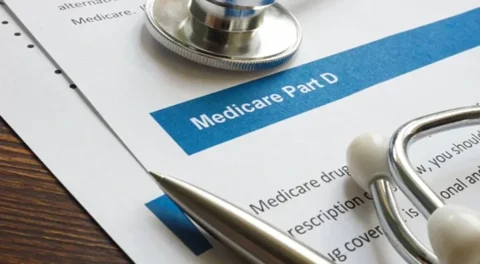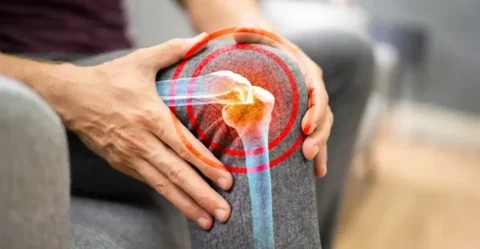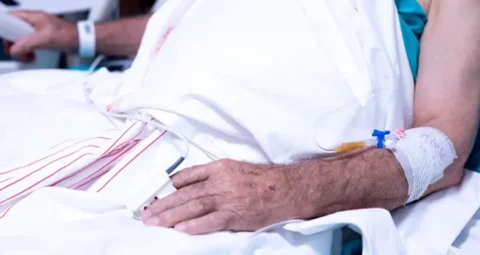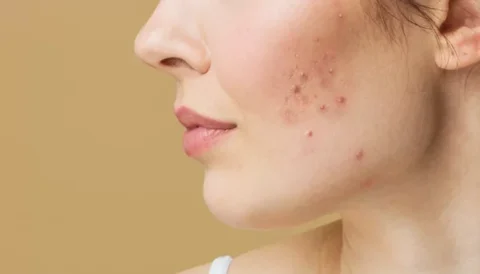Platelet-rich plasma hair treatment is often dubbed as a good alternative for hair transplant surgery in promoting hair growth in patients with androgenetic alopecia and other types of hair loss. However, other than an alternative, platelet-rich plasma injections are in fact a good complement to hair transplant treatments in achieving healthy hair follicles.
So what happens after you undergo PRP during hair transplant? Platelet-rich plasma therapy is shown to be effective in improving the hair growth benefits of a hair transplant surgery. It’s capable of activating dormant hair follicles of transplanted hairs and enables faster recovery and visibility of results.
Benefits of Undergoing PRP During Hair Transplant
As demonstrated in a study, PRP therapy during hair transplantation helps in the recovery period of the surgical procedure by promoting better hair follicle density and better hair re-growth quality. This is seen in a comparison of the hair growth of PRP-treated individuals with those who are non-PRP-treated.
The aforementioned hair restoration benefit of a combination of hair transplant procedures and PRP is because of the natural healing process promoted by growth factors found in PRP. Even the dormant follicles of the hair grafts were stimulated by the growth factors to grow, ultimately leading to better hair density and hair health.
Specifically, the following are the mechanisms by which PRP therapy as a treatment for hair loss becomes a good supplemental procedure when combined with hair transplant procedures:
1) Growth Factors Promote Tissue Regeneration
Growth factors play an important role in tissue regeneration for the transplanted hair grafts. This is because growth factors help promote cell growth and proliferation of hair cells, encouraging them to be visible as longer and thicker hair. Growth factors are also capable of promoting new blood vessel formation, which helps in providing oxygen and nutrients necessary for hair growth.
2) Platelet-Rich Plasma Helps Prevent Death of Hair Grafts
Improvements in hair density are also more pronounced in patients with hair loss who underwent PRP after hair transplant because platelet-rich plasma helps prevent the death of the saline-preserved hair grafts. This is because platelet-rich plasma is capable of regulating anti-apoptotic (anti-programmed cell death) mediators that preserve a high percentage of hair graft.
3) Platelet-Rich Plasma Helps Prolong the Anagen Phase
Normal hair undergoes a cycle of hair growth and shedding, called the hair cycle, consisting of the following stages: anagen phase, catagen phase, telogen phase, and exogen phase. Platelet-rich plasma therapy during surgery helps mediate the time of hair formation, in that anagen phase (growth phase) of the hair growth cycle is a prolonged or faster entry of the hair towards the anagen phase.
How PRP is Obtained and Administered
While obtaining and administering platelet-rich plasma still lacks standardization because of its status as an experimental procedure, many studies have already proposed a hair regrowth protocol for platelet-rich plasma, which has shown a good efficacy and safety profile.
The following are the general steps in preparing platelet-rich plasma:
- Blood Draw – A blood sample is drawn from the patient using equipment like a syringe with an anticoagulant.
- Blood Sample Processing – The collected blood will then be processed via centrifugation to separate the blood plasma from the other blood components. This effectively increases the concentration of platelets.
- Administration of PRP – A common type of injection technique used for PRP hair therapy is the subcutaneous injection although intradermal injections may be done as well, as long as they’re injected with equal spaces from each other. In the case of PRP with hair transplantation, it’s injected in the slits of the grafts.
There’s also an option to activate the platelet-rich plasma using agents like calcium gluconate, which has competing views as to whether it improves or decreases the efficacy of the treatment. However, no activator was used to prevent chemical injury to the hair grafts in this study that determined the efficacy of PRP when combined with hair transplantation.
THE PERFECT NEEDLES FOR YOUR PATIENTS. CODE “20OFF” FOR 20% OFF YOUR FIRST ORDER!
FACE Med Store supplies countless doctors and clinics with all their supplies, including top-of-the-line hypodermic needles. Get your hypodermic needles at 20% off today!
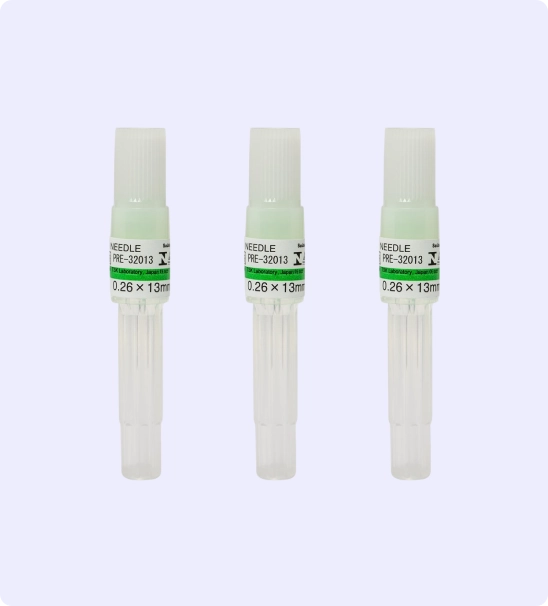
Safety of PRP
Since platelet-rich plasma is an autologous formulation, meaning it’s taken from the patient’s own blood components, the risks associated with subjecting the body to foreign bodies are minimized, if not eliminated. These risks include allergic reactions and contracting communicable, blood-borne diseases. This proves that platelet-rich plasma is safe, although it still isn’t without side effects.
Side Effects of PRP
Patients who underwent platelet-rich plasma therapy can immediately go back to their normal activities when used alone and not in combination with hair transplantation surgery. The method of administration is the common reason for the side effects, which include the following:
- Mild redness
- Mild bruises
- Mild swelling
- Infection (rare)
- Nerve and tissue injury
These side effects often go away on their own and may be managed with home remedies and over-the-counter drugs.
Comfort of PRP
An expert physician who administers platelet-rich plasma injections would want to make the patient be as comfortable as possible during the procedure. The following are the techniques that they employ in order to minimize pain during the procedure:
- Administration of Anesthetic Agents – Topical or injected anesthesia may be used by the physician who would administer PRP so as to numb the pain of the injections.
- Use of Vibrational Device – A vibrational device is another method of numbing the pain which works by massaging the area and distributing the fluid better.
- Use of Very Fine Needles – Very fine needles, typically of 31 gauge, are used in PRP so the patients can feel as little pain as possible.
- Use of Ice Packs – Ice packs may be used to numb the area before the procedure and may also be used after the procedure to reduce swelling and bruises associated with the procedure.
Who are The Right Candidates?
Not everyone can undergo platelet-rich plasma therapy. Those with other medical conditions that may affect the efficacy of the procedure or may exacerbate the side effects should as much as possible avoid undergoing the procedure. Individuals with the following medical conditions shouldn’t undergo PRP:
- With a low platelet count
- With blood clotting disorder
- Who can’t stop taking blood thinners
- Pregnant and breastfeeding
Care Tips for PRP
Even with its good safety and efficacy profiles, it’s still best to follow certain precautions and care tips when undergoing platelet-rich plasma therapy:
- With the advice of your physician, stop taking blood-thinning agents and anti-inflammatory agents as these may reduce the efficacy of platelet-rich plasma by impairing the function of platelets
- Continue taking prescription medications such as those for the heart and high blood pressure
- Avoid exposing the area to be treated to direct sunlight
- Hydrate properly and, if possible, take more fluids than usual
- Avoid alcoholic beverages and tobacco products at least 3 days before and after the procedure
- Consult your doctor in cases of infections for them to prescribe you antibiotics that can help manage this condition
- Normal activities may be resumed, but vigorous exercises and other strenuous activities must be avoided for at least 2 days after the treatment
- Wetting the treated area must be avoided at least 3 hours after the treatment
- Opt for warm showers to further increase the efficacy of platelet-rich plasma injections
PEP Factor: An Excellent Complementary Formulation
Aside from platelet-rich plasma, another good formulation to combine with hair transplant is the PEP Factor, an excellent and innovative formulation. PEP Factor is topically applied and made of natural ingredients so it has minimal side effects, making it a safe addition to PRP and hair transplantation.
PEP Factor contains nourishing ingredients that can help improve thinning hair and doesn’t contain harsh chemicals. Its active ingredients are the basic fibroblast growth factor (bFGF) and copper peptide. Like the growth factors present in PRP, bFGF is capable of encouraging cell growth and proliferation. On the other hand, the copper peptide has antioxidant properties that can help oppose the hair loss effects of oxidative stress.
FACE Med Store: Your Partner for Excellent Hair Care Services
PRP is not just a good alternative but is actually a good complementary procedure to achieve optimum benefits from hair transplantation. It’s capable of promoting better hair density, faster recovery, and a better satisfaction rate from hair transplantation procedures.
At FACE Med Store, we’re committed to providing high-quality products that can help our clients provide excellent hair care services. We also have friendly customer service that can help guide our clients in choosing which products are suitable for their patient’s hair care needs. Contact us today to learn more about the products that we offer.
